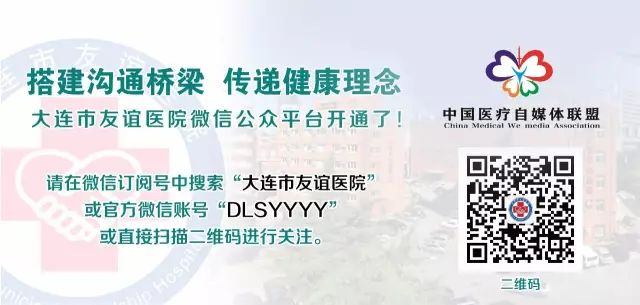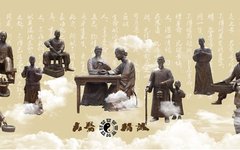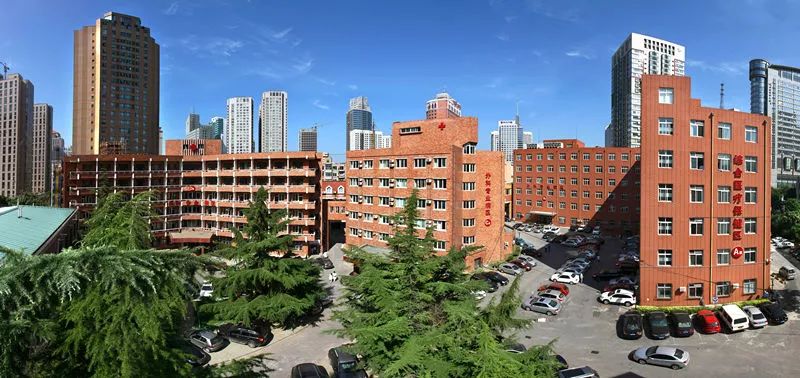 Official Account: Dalian Friendship HospitalVirtue, Benevolence, Sincerity, Aspiration
Official Account: Dalian Friendship HospitalVirtue, Benevolence, Sincerity, Aspiration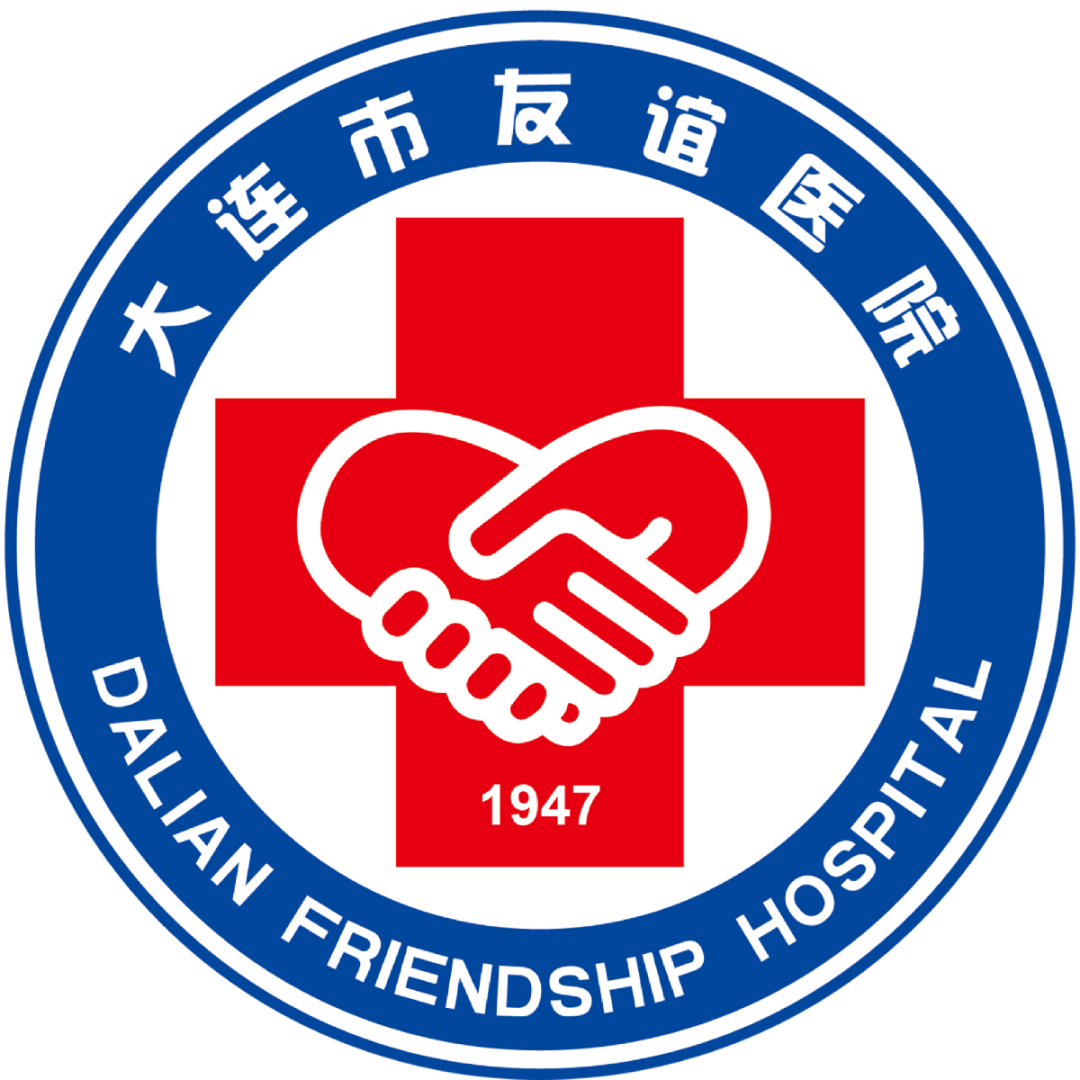 Friendship Science Popularization
Friendship Science Popularization
In Traditional Chinese Medicine (TCM) outpatient clinics, it is common to see patients immediately extending their arms upon entering, saying, “Doctor, please take my pulse and see what illness I have.” Is TCM diagnosis solely reliant on pulse-taking? The answer is no; this is a beautiful misunderstanding. TCM diagnosis emphasizes the “Four Diagnostic Methods” (四诊合参), and relying solely on pulse-taking is far from sufficient.
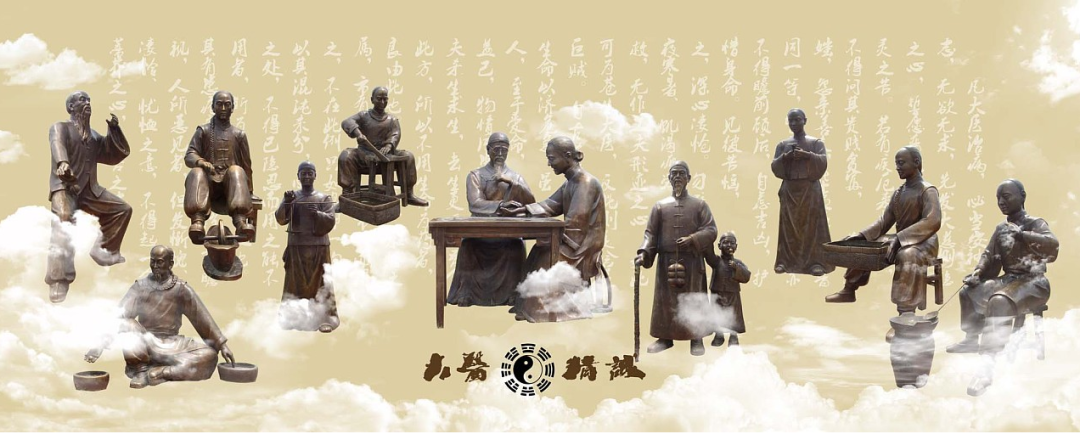
Expert Interview
Dalian Friendship Hospital
Director of TCM Department: Xu Ye

The Four Diagnostic Methods in TCM are Observation (望), Listening (闻), Inquiry (问), and Palpation (切). These methods were proposed by the ancient Chinese physician Bian Que, who emphasized the importance of observation, placing it at the forefront of diagnosis. The “Nanjing” states: “To know by observation is called divine, to know by listening is called sage, to know by inquiry is called skilled, and to know by palpation is called clever.” This classification does not rank the significance of the four methods but rather emphasizes their individual importance and the varying levels of difficulty in mastering these skills. The Ming Dynasty’s “Complete Compendium of Ancient and Modern Medicine” states: “The four characters of observation, listening, inquiry, and palpation are indeed the guiding principles of medicine.” Each method has its unique role, and they complement and reference each other, which is why the Four Diagnostic Methods of TCM have been used to this day.
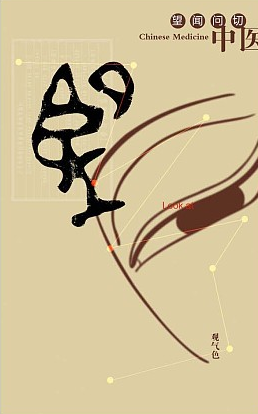

Observation (望诊)

To know by observation is called divine (望而知之谓之神)
Observation involves using the eyes to examine the patient’s face, mouth, nose, teeth, tongue, and skin, as well as the limbs, to understand the patient’s “spirit”. The “Huangdi Neijing” states: “By observing the external manifestations, one can know the internal organs and thus understand the illness.” The external body and the internal organs are closely related, especially the face and tongue, so through external observation, one can understand the overall pathological changes. Clinical observation mainly includes observing the spirit, color, shape, posture, and tongue. “Spirit” refers to the mental and energetic state; “color” reflects the external manifestations of the internal organs’ qi and blood; “shape” indicates the physical condition; “posture” reflects the dynamic state; and “tongue” includes tongue quality and coating. For example, if a patient enters the clinic and the TCM doctor observes a yellow, dull complexion, it may indicate spleen deficiency and insufficient qi and blood; if the tongue coating is thick and yellow, it suggests internal damp-heat accumulation.

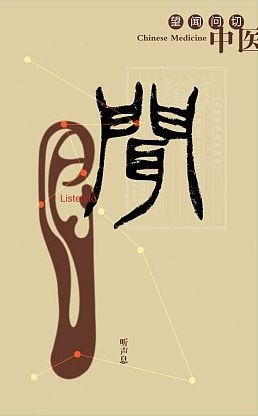

Listening (闻诊)

To know by listening is called sage (闻而知之谓之圣)
Listening involves hearing sounds and smelling odors to understand the various abnormal sounds and smells emitted by the body. Listening includes examining the patient’s breathing, coughing, vomiting, sneezing, and bowel sounds. Smelling refers to detecting various odors from the patient’s body, secretions, and excretions. For instance, if a patient has a heavy, muffled cough, it often indicates a condition of phlegm-dampness obstructing the lungs, leading to a failure of the lungs to disperse and descend.

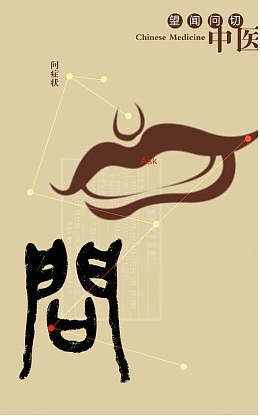

Inquiry (问诊)

To know by inquiry is called skilled (问而知之谓之工)
Inquiry is a clinical information-gathering method involving direct verbal communication between the doctor and the patient. Many aspects of the disease, such as medical history and family history, can only be obtained through inquiry. Especially when the patient has not yet exhibited objective signs and only has subjective symptoms, inquiry is essential for the doctor to grasp clues about the disease, analyze the condition, determine the location of the illness, understand its nature, and differentiate between yin and yang, exterior and interior, cold and heat, deficiency and excess, thus enabling pattern differentiation and treatment. The TCM “Ten Inquiry Song” summarizes the content that needs to be inquired about in great detail.



Palpation (切诊)

To know by palpation is called clever (切而知之谓之巧)
The “Records of the Grand Historian” states: “To this day, the discussion of pulse is attributed to Bian Que.” Palpation, as one of the Four Diagnostic Methods, includes both palpation and pulse-taking. Palpation refers to the doctor examining the patient with their hands to understand whether the body parts are cold or hot, moist or dry, soft or hard, tender or firm, and to identify any abnormal changes such as tenderness or masses, thus inferring the location, nature, and severity of the disease to assist in diagnosis.
Pulse-taking, commonly referred to as feeling the pulse, involves assessing the pulse to reflect the overall function of the internal organs, qi and blood, yin and yang, and other comprehensive information. The most commonly used method in clinical practice is the cun (寸) pulse diagnosis. For example, the “Suwen: Theory of Qi and Phenomena” describes the seasonal pulse rhythms as “spring string, summer hook, late summer soft, autumn hair, winter stone.” Currently, in late autumn, as temperatures drop and atmospheric pressure rises, the blood flow to the surface of the body is less than in summer, but due to residual heat from summer, the pulse vessels still exhibit a slight expansion, presenting a light, floating sensation, hence the term autumn pulse resembling hair. The changes in pulse patterns reflecting spring string, summer hook, autumn hair, and winter stone are primarily the result of the body’s adaptation to external temperature and pressure changes, which is a significant factor affecting pulse patterns.

Diagnosing in TCM is indeed a mentally demanding task. From the moment the patient enters the door and sits in the clinic, the doctor must observe the patient’s gait, movements, sounds, expressions, gaze, complexion, and odors, collecting a vast amount of information within minutes to form a preliminary understanding. This is followed by purposeful inquiry, examination of the tongue coating, and pulse assessment to make a comprehensive judgment. In fact, many judgments rely on the doctor’s accumulated knowledge and insights, which must be analyzed and integrated based on the patient’s specific situation, making it quite challenging to prescribe an effective herbal formula!
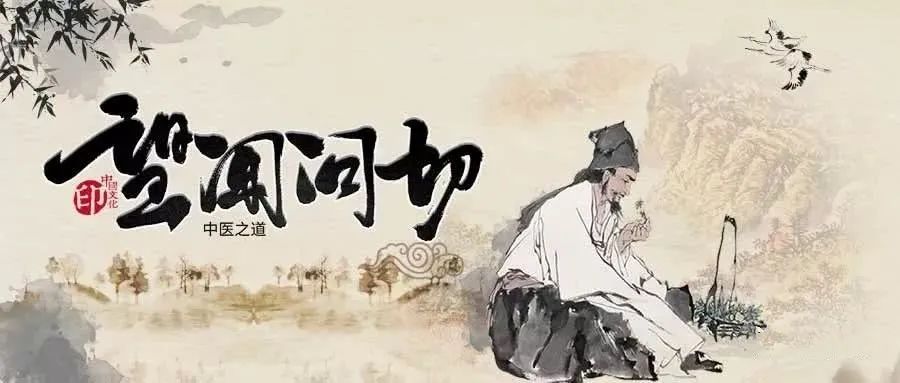
Tips for Visiting a TCM Practitioner
1. Do not scrape the tongue coating, wear makeup, apply nail polish, or consume very cold, hot, or easily staining foods and drinks before the visit.
2. It is best to visit one hour after a meal.
3. Avoid eating foods with strong odors, such as onions, garlic, citrus, and chewing gum before the visit.
4. Do not smoke or drink alcohol to avoid producing unusual odors from the mouth.
5. Patients should try to remain calm or rest for about half an hour before the visit.
6. It is not advisable to visit immediately after intense physical activity or when feeling emotionally agitated.
Clinical Connection
Xu Ye
Director of TCM Department, Dalian Friendship Hospital
Consultation Times: Tuesday afternoon, Thursday morning
